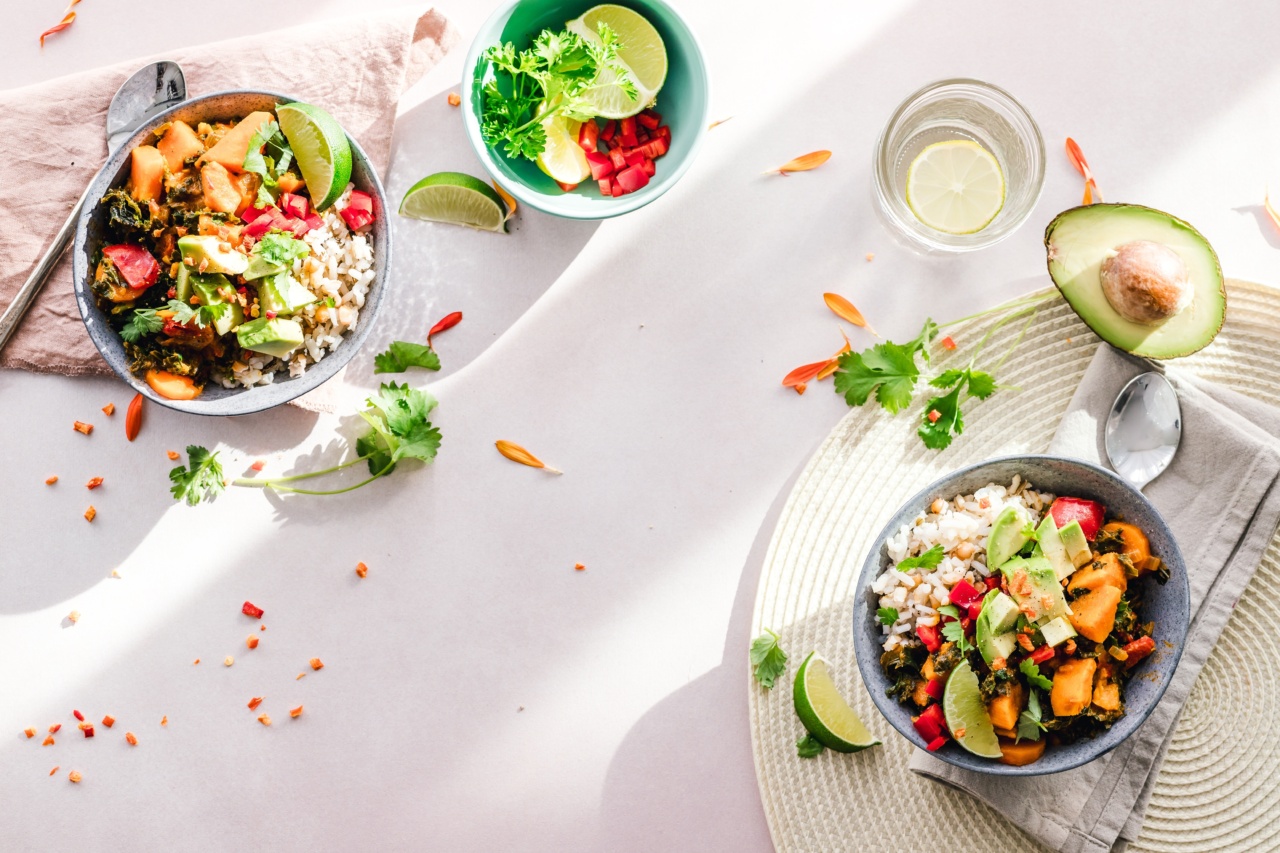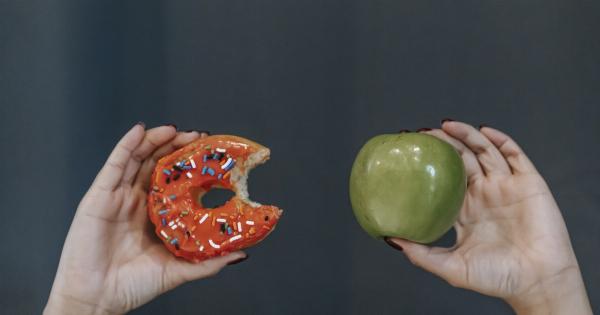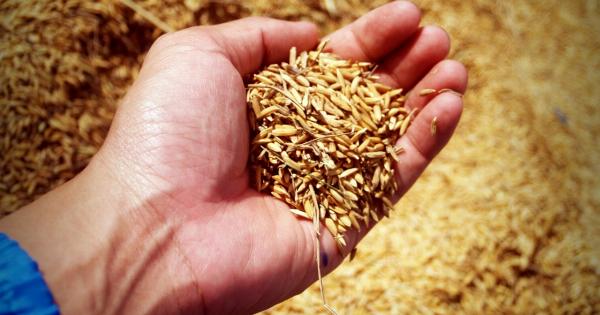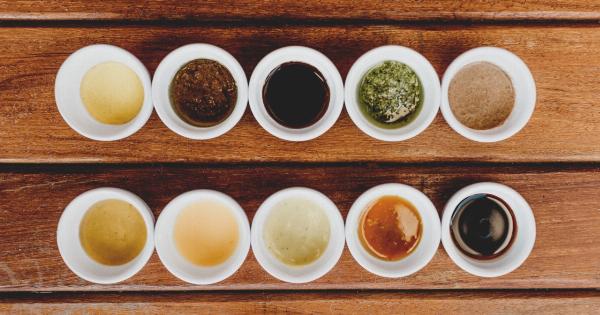A low histamine diet is an eating plan that restricts the intake of foods that are high in histamine or that can trigger the release of histamine in the body.
Histamine is a chemical that is produced by the immune system and is involved in the body’s inflammatory response. While histamine is necessary for various physiological functions, it can cause adverse effects in some individuals, especially those with histamine intolerance or sensitivity.
Understanding histamine intolerance
Histamine intolerance is a condition in which the body is unable to break down histamine efficiently.
This can lead to an excess of histamine in the body, resulting in various symptoms such as headaches, hives, nasal congestion, digestive issues, and more. Individuals with histamine intolerance often find relief by following a low histamine diet.
The role of histamine in the body
Histamine is a natural compound that is present in various foods and is released by specialized cells in the body called mast cells. It plays a crucial role in the immune response, acting as a mediator in allergic reactions.
When there is an allergen or foreign substance in the body, histamine is released, causing inflammation and other symptoms to help the body eliminate the perceived threat.
Foods high in histamine
Some foods are naturally high in histamine, while others can trigger the release of histamine or block the enzymes responsible for breaking it down. Here are some common foods that are high in histamine:.
- Fermented foods: sauerkraut, kimchi, kombucha, kefir
- Aged cheeses: blue cheese, gouda, parmesan
- Processed meats: sausages, salami, bacon
- Shellfish: shrimp, crab, lobster
- Nuts: walnuts, cashews, almonds
- Chocolate
- Some fruits: strawberries, citrus fruits, pineapple
- Some vegetables: tomatoes, spinach, eggplant
- Alcohol: especially red wine and beer
Following a low histamine diet
The main principle of a low histamine diet is to avoid or limit the consumption of foods that are high in histamine. This can help reduce the overall histamine load in the body and alleviate symptoms associated with histamine intolerance.
However, it’s important to note that each person’s tolerance to histamine varies, and what works for one individual may not work for another.
In addition to avoiding high histamine foods, individuals following a low histamine diet may also need to limit or eliminate foods that can trigger histamine release, such as alcohol, certain spices, and additives like monosodium glutamate (MSG).
Low histamine foods
While there are several foods that are restricted on a low histamine diet, there are still plenty of options available. Here are some low histamine foods that are generally well-tolerated:.
- Fresh meats: chicken, turkey, lamb
- Fresh fish: salmon, cod, trout
- Fruits: apples, pears, melons
- Vegetables: broccoli, cauliflower, green beans
- Grains: rice, quinoa, oats
- Dairy alternatives: almond milk, coconut milk
- Healthy fats: olive oil, coconut oil, avocados
Additional considerations
While following a low histamine diet can be beneficial for individuals with histamine intolerance, it’s important to seek guidance from a healthcare professional or registered dietitian to ensure nutritional adequacy and avoid unnecessary food restrictions. They can help create a personalized eating plan based on individual needs and can also recommend appropriate supplements if necessary.
Conclusion
A low histamine diet is an eating plan that aims to reduce the intake of foods high in histamine or that trigger histamine release.
It can be helpful for individuals with histamine intolerance, as it may alleviate symptoms and improve overall well-being. However, it’s important to work with a healthcare professional when embarking on a low histamine diet to ensure appropriate nutrition and individualized guidance.


























